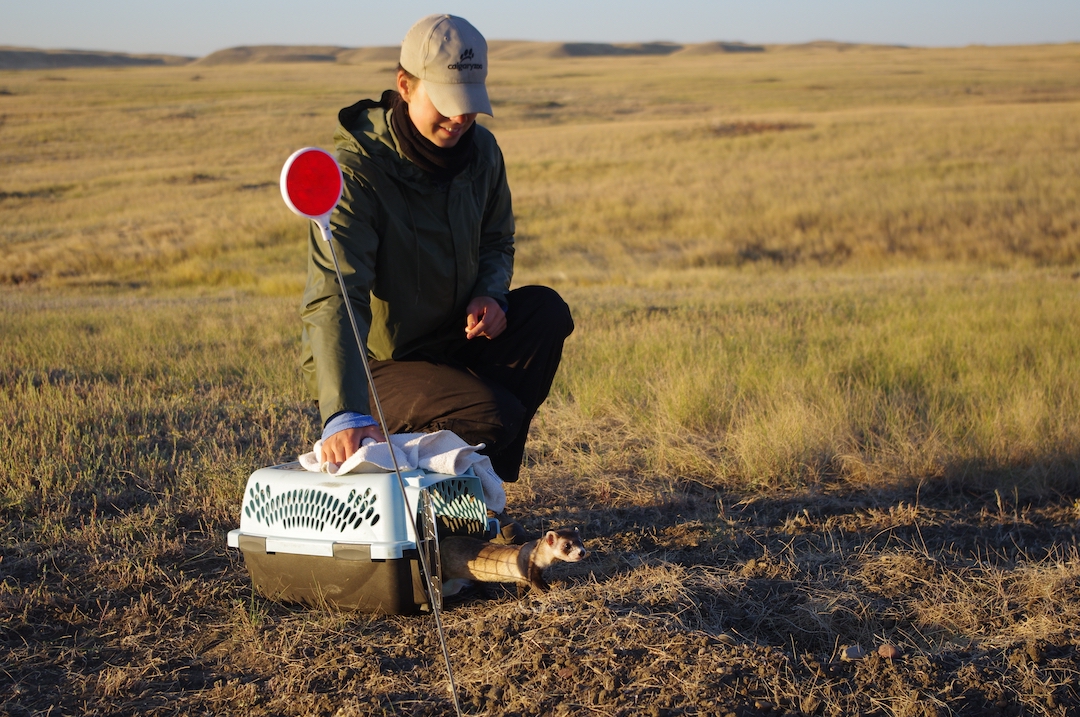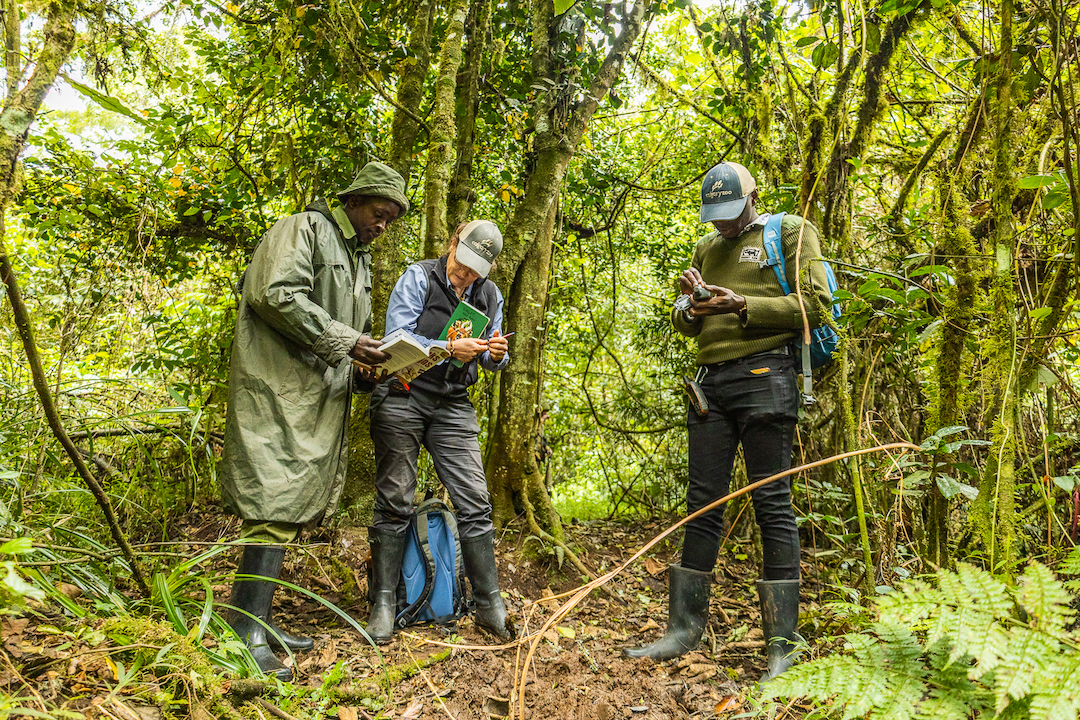Wildlife Conservation
Our world is facing serious challenges. The number of endangered species are increasing, habitats are disappearing and the pressures of human consumption on the planet continue to grow.
The Situation
The current rate of species extinction is estimated to be 1,000 to 10,000 times the natural rate. Globally, population sizes of wildlife dropped a staggering 60% between 1970 and 2014. These disappearing and endangered species form the fabric of the ecosystems that sustain life on Earth.
Saving species, protecting habitats and promoting sustainable living are challenges that require a global approach based on sound science. We depend on other species in a multitude of ways – most of which we are completely unaware of. The basic elements that we need for life – food, water and air – require functioning ecosystems with all their species working together in their various roles.
But the benefits species bring to our lives are much wider reaching, such as when scientists discover how a plant or animal can alleviate a human ailment; when climate change is mitigated through carbon storage; when cultural integrity and inspiration is enriched; when someone builds biosteel out of spider silk; or when car manufacturers build safer vehicles based on the biological design of a fish.
Some benefits are harder to quantify like the beauty of a majestic whale breaching on the open ocean or the calmness you feel when walking along a forest path. All of these benefits come from wildlife conservation and protecting the species we share this planet with. Our home—this earth—would feel empty without other creatures in the forests, oceans and mountains that we love.
Wildlife conservation makes economic sense
Globally, the goods and services that ecosystems provide were estimated at $125 trillion US per year—about three times the Gross World Product. Wildlife conservation is an excellent investment with benefits outweighing costs by a factor of 100.
If the current mass extinction is allowed to proceed, we will feel those impacts in our lifetime. The living world took millions of years to re-diversify after past mass extinctions. Avoiding this sixth mass extinction will require rapid, greatly intensified efforts to conserve already threatened species. We must act now. The window of opportunity is closing quickly.
Our approach to rewilding the world
Wilder Institute programs
The Wilder team uses innovative science and partnerships to help secure the future for endangered species across Canada and around the world. We are leaders in developing research that is shaping the future of how species are protected, reintroduced and studied to ensure they once again thrive in the wild.
We work together with our government, academic, industry and non-profit partners to develop and implement conservation strategies that benefit species-at-risk. Our work identifies key conservation needs, optimizes ongoing recovery efforts, develops new conservation tools and evaluates the sustainability of reintroduced populations. We work hands-on with plant and animal species, conduct visionary scientific analysis and synthesis, and work to affect policy changes at regional, national and international levels.
We work nationally and globally, within the fields of conservation translocations and community conservation.

Species reintroductions are becoming increasingly important tools to stem the extinction crisis. A reintroduction is the deliberate release of an endangered species into the wild, from captivity or relocated from other wild areas, in order to prevent its extinction.
Photo credit top: Dennis Flaherty


